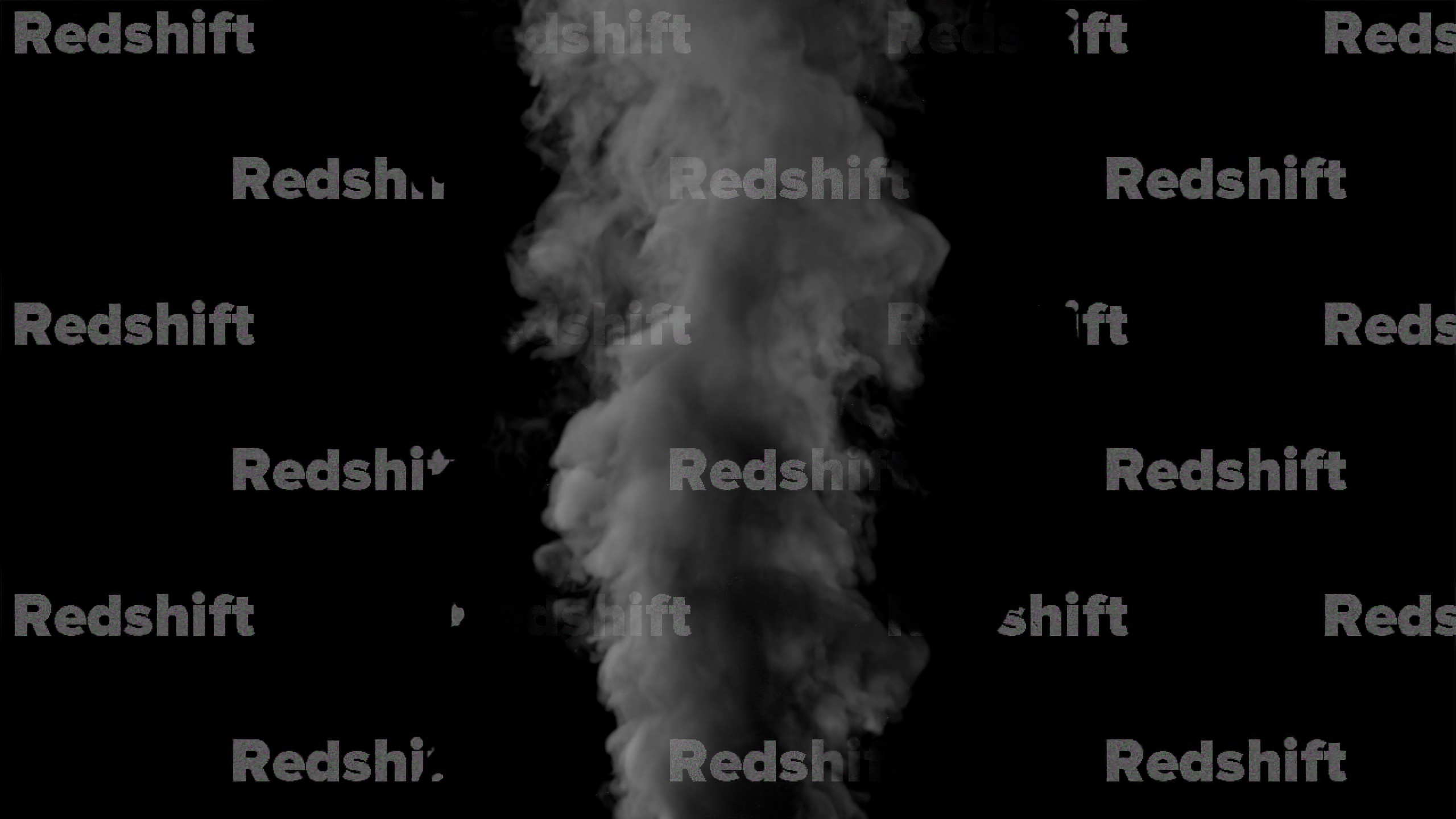
Of course, this workaround assumes that no other parameters would be bound outside of the UNLOAD's query inside the ( ). Subsequently, if the sub-query executed successfully without any errors or exceptions, we could assume that the sub-query is safe, thus allowing us to wrap the sub-query back into the UNLOAD parent statement, but this time replacing the bind parameters with actual user-supplied parameters (simply concatenating them), which have now been validated in the previously run SELECT query. You can unload the result of an Amazon Redshift query to your Amazon S3 data lake in Apache Parquet, an efficient open columnar storage format for analytics. It uses Amazon S3 server-side encryption. This would let us use Redshift's prepared statement support (which is indeed supported for SELECT queries) to bind and validate the potentially risky, user-supplied parameters first. Amazon Redshift unload command exports the result or table content to one or more text or Apache Parquet files on Amazon S3. UNLOAD uses the MPP capabilities of your Amazon Redshift cluster and is faster than retrieving a large amount of data to the client side. You can unload data into Amazon Simple Storage Service (Amazon S3) either using CSV or Parquet format. You can also unload data from Redshift to S3 by calling an unload command. You can upload data into Redshift from both flat files and json files. We will see some of the ways of data import into the Redshift cluster from S3 bucket as well as data export from Redshift to an S3 bucket. The best way to load data to Redshift is to go via S3 by calling a copy command because of its ease and speed.
#Redshift unload to s3 parquet how to
While trying to devise a workaround for this, a colleague of mine has thought up a workaround: instead of binding the parameters into the UNLOAD query itself (which is not supported by Redshift), we could simply bind them to the inner sub-query inside the UNLOAD's ( ) first (which happens to be a SELECT query - which is probably the most common subquery used within UNLOAD statements by most Redshift users, I'd say) and run this sub-query first, perhaps with a LIMIT 1 or 1=0 condition, to limit its running time. If you’re fetching a large amount of data, using UNLOAD is recommended. 1285 DecemIn this article, we are going to learn about Amazon Redshift and how to work with CSV files. The Parquet format is up to 2x faster to unload and consumes up to 6x less storage in Amazon S3, compared to text formats. Amazon Redshift Unload saves the query result in Apache Parquet format that is 2x faster and consumes 6x less storage. You can now unload the result of an Amazon Redshift query to your Amazon S3 data lake as Apache Parquet, an efficient open columnar storage format for analytics. It can be used to analyze data in BI tools. Not all options are guaranteed to work as some options might conflict.

extraunloadoptions: No: N/A: Extra options to append to the Redshift UNLOAD command. Valid options are Parquet and Text, which specifies to unload query results in the pipe-delimited text format. Thanks for your quick reply, and thanks for re-raising this issue with the Redshift server team. Amazon Redshift Unload helps users to save the result of query data into Amazon S3. unloads3format: No: Parquet: The format with which to unload query results.


 0 kommentar(er)
0 kommentar(er)
